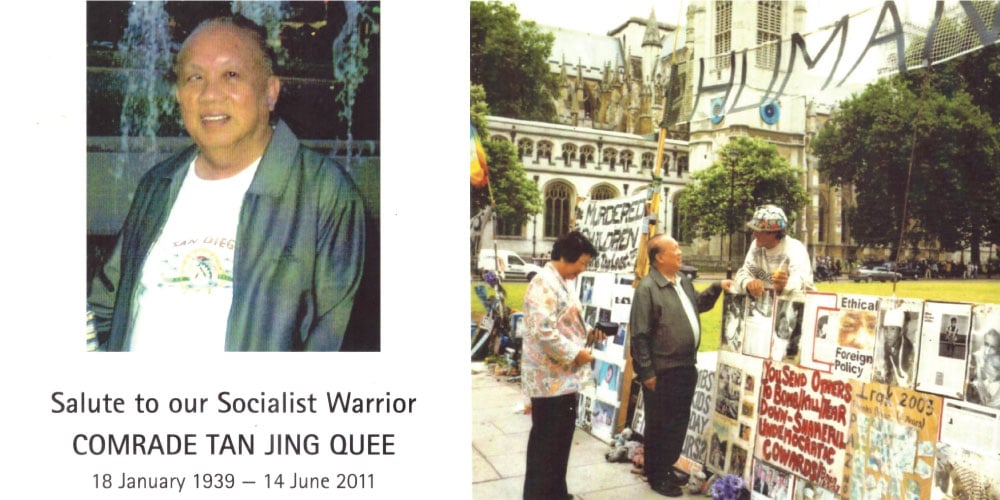In Episode 42 of The History of Singapore podcast series by Historian Thum PingTjin, he talks about the illusion of choice given to Singaporeans – also known as the Hobson’s Choice – on deciding whether or not, Singapore should agree to a merger with Malaya.
On 21 July 1961, 13 People Action’s Party (PAP) assemblymen were expelled from the party. They had abstained on a motion of confidence in the government.
The action finally precipitated the split between the left and right wings of the PAP. Around two-thirds of the party membership, including 35 of 51 branches in 1923 organizing signatories resigned with the 13 assemblymen.
On 29 July 1961, the expelled assemblymen formed a new party, the Barisan Socialist. They saw themselves as the legitimate which had been hijacked and taken astray by the right wing leadership and the vowed to continue the struggle against colonialism, and for the achievement of the independent, non-communist, socialist Malaya. Lim Chin Siong was elected Secretary General.
PJ Thum said, “If we look at the memoirs, the autobiographies, the interviews of the main leaders of Singapore at this time on all sides, we see a divergent between how they looked back at the period and how the people at the time responded to this event. Politicians of all sides perceived the creation of Barisan Socialist as a permanent and profound alteration of Singapore’s political situation. They would later recall the split as the defining moment of modern Singapore.”
Needing to negotiate a form and structure for a merger with Malaya that satisfied both the Federation government and the people of Singapore, PAP Secretary-General Lee Kuan Yew ended up producing a compromise that gave away Singaporean sovereignty and politically quarantined Singaporeans in Singapore, in exchange for autonomy in commerce, education, and labour policy. The raging controversy happened over Lee’s proposed form of merger and how Lee won popular approval in a National Referendum by giving the people a “Hobson’s Choice”.

Dr Thum Ping Tjin, a Singaporean historian who is a Research Associate at the Centre for Global History and co-ordinator of Project Southeast Asia at the University of Oxford. Dr Thum has set up a Patreon page for those interested in supporting and helping him improve the podcast.
To support the pod, visit patreon.com/pjthum.






